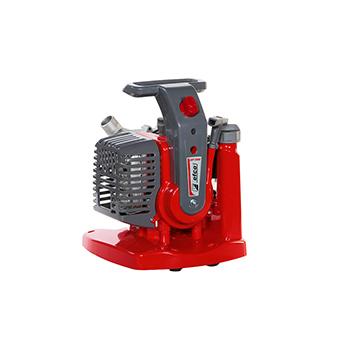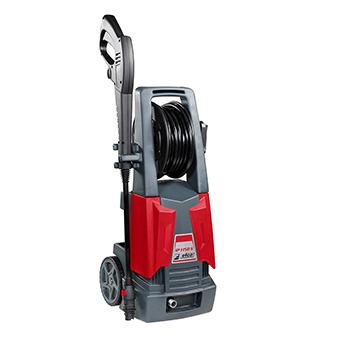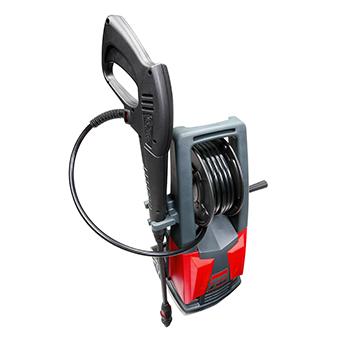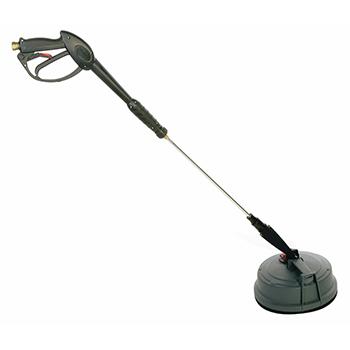Focus on summer: swimming pool maintenance

This year, before you spend the summer soaking in the pool, you’d like to do some work on it, such as extraordinary maintenance or repairing a fault. Or you need to do a full water change: the pool has been left at the mercy of the weather all winter, uncovered and with the filtration system turned off, so now you have to remedy the situation.
In all these cases you need to empty the pool, which provides an opportunity to do some deep cleaning. Besides, a clean swimming pool is not only healthier but also more attractive. So how do you get started? We explain in the following paragraphs.
How to empty the pool with a self-priming water pump
If you have a self-priming water pump, emptying the pool is an easy procedure:
- Remove dirt from the bottom and surface of the pool.
- Connect a rigid hose to the suction port of the pump.
- Connect the drain hose to the outlet.
- Fill the water pump from the inlet hose.
- Start the pump.
- Use buckets, brooms and rags to remove residual water that cannot be pumped.
You will find these steps explained in more detail below.
First of all, use a special net to remove debris from the pool bottom and from the surface of the water, such as dry leaves, dead insects etc. Then, use a pump to empty the pool.
A self-priming water pump is easy to operate: just carefully connect a rigid hose to the suction port of the pump, ensuring there are no leaks, then another hose—serving as a drain—at the outlet. Now that the pool drain pump is ready, you can start the engine: the emptying time will depend on the pump’s capacity and the volume of the pool.
The Efco catalogue proposes compact self-priming water pumps like the MP 3000 with maximum flow rate of 150 l/min. It has a 1 kW 2-stroke engine that works for one hour non-stop with the 0.83 litre tank filled with petrol/oil mixture.
Before starting the pump, it is important to fill it with water via the special charging hole so as to purge any air, which prevents the pump from operating with no load and thereby becoming damaged.
You can remove the last centimetres of water at the bottom of the pool with a bucket or scoop initially, then with a shovel or broom to convey the water towards the suction pipe, and finally with some rags to soak up any remaining puddles.
Where can you drain swimming pool water? Since swimming pool water is chlorinated, it is best not to use it to water the garden or vegetable patch: chlorine is toxic to plants, especially acidophilic plants. Just like domestic wastewater, it can be discharged into the sewage system, but first the level of chlorine must be lowered, by leaving it to decant or by using dechlorinating products.




Cleaning the pool with a cold water high-pressure cleaner
Cleaning the floor and walls of the swimming pool involves tackling the relentless spread of limescale, as well as grime consisting of dust, plant matter, insects, algae, bacteria, organic material and greasy substances (such as sun cream residues).
You need acid detergents to remove limescale and rust stains, whereas alkali detergents are effective for degreasing. They must not be too aggressive and should be chosen according to the surface coating of your pool: ceramic, mosaic, PVC or paint. Adequately protect yourself when handling these two types of products and be careful not to mix them.
For washing and rinsing the walls and bottom of your pool, one practical solution is a high-pressure washer such as the Efco IP 1150 S cold water high-pressure washer. Trolley mounted and electrically powered, it has a power output of 1.75 kW, a flow rate of 360 l/h and an operating pressure of 125 bar. It is supplied with a gun, a lance with nozzle coupling and various types of nozzles.
A self-priming water pump is also useful for removing water used for washing and rinsing from the bottom of the pool.
The poolside and surrounding area should also be cleaned thoroughly: failing to do so would negate the effort you expended on cleaning the pool interior. A useful tool for this job is a floor wash lance, which is a high-pressure washer accessory with a precisely controllable jet that enables you to wash surfaces evenly.
Post-maintenance checks and treatments
After the scheduled maintenance and deep cleaning tasks are completed, the pool is almost ready for the summer. Once the pool is filled, perform the usual checks and chemical treatments on the water: chlorine to disinfect it, pH correctors, anti-algae treatment etc. Now that your swimming pool is cleaner than ever, it's finally time to take a dip!



